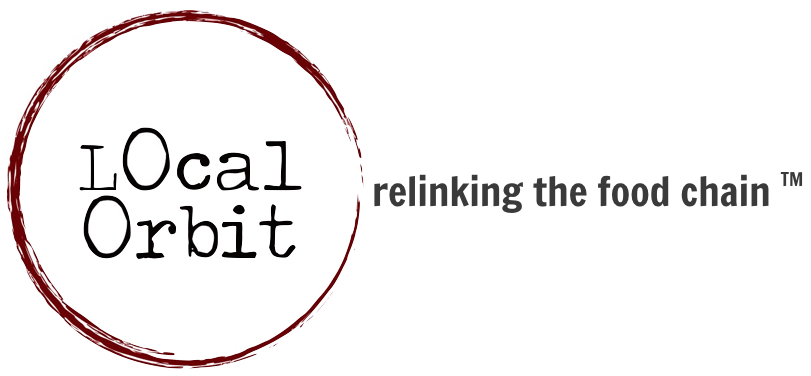Business Model Generation & Budgeting
Reach new producers
Since you are in the business of selling, aggregating and distributing local food, getting a good lay of the land for who in your region is growing what is very important. Here are starting points for where to reach out to new producers.
Find producers
Farms that already have the capacity to sell wholesale may be interested in increasing their profit margins by selling through food hubs or other more transparent value chains that keep their brands intact. Investigate who is already selling wholesale in your region.
Farms that mostly sell direct-to-consumer may be looking to grow, but may need training on case sizes, lot number tracking and packaging. If they have good name recognition in your region, then they could be a valuable channel for onboarding new customers.
Farms that mostly grow nursery or ornamental crops may be interested in branching into vegetables if there is a way for them to get a better price than traditional wholesale sums. They may also already have the scale to grow in quantity for wholesale.
Map out farms already connected to wholesale buyers by going through farm and buyer websites and menus. This is a great starting point for understanding which farms have the capacity and might have an interest in selling through your business.
Browse listings from your state resources, such as your state Department of Agriculture, regional Buy Local groups, as well as national databases like Local Harvest.
Communicate your value to producers
Not every farmer will want to work with you. Some will feel satisfied with their current mix of markets and customers. Still, you might hope to recruit them, especially if they have high name recognition in your community. Alternatively, some farms might not fit your criteria for participation. Understanding both audiences is important to your success.
Here are tips on how to approach producers:
-
Create talking points on how you would encourage a farmer to sell through your business. Reference sales projections, the increased profit margins experienced by farmers and any stats from other successful food hub across the country.
-
Create clear criteria that helps filter farm candidates. Some farmers might really want to participate but not be the best fit for any of a number of reasons. Establishing criteria for your hub’s farms will help you explain to prospective farmers why you can or cannot source from them.
Consider a grower who has a glut of tomatoes. How would you handle them if you’ve been working all season with four other growers who now also have a ton of tomatoes for sale? What if the new grower promises that they will bring new customers to you? What if the new grower is good friends with one of your existing customers and that customer calls you to ask why you are not allowing the grower to sell? These might seem like specific examples, but variations can happen when you’re working in a local food community.
